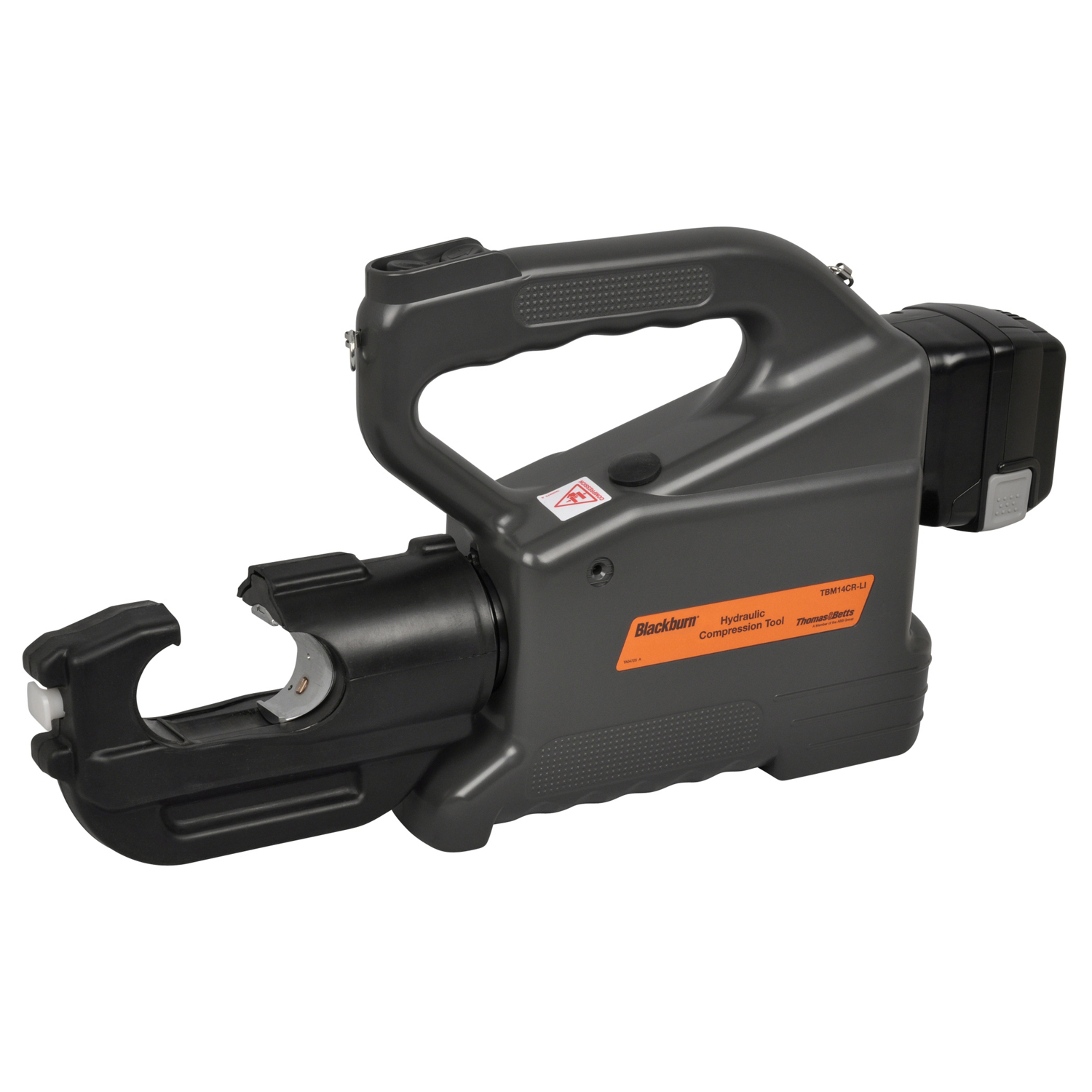In the photo, there are 64 x 40amp cells to make 12v x 640amps. The active balancers are connected to each cell line and about to take out my pack to make some adjustments and changes to it, by adding a couple more relays to switch back charge when it drops to 3.4v, from 3.6v. Instead of having to do it myself. But as I've said, yet to reach either top or bottom charge parameters so am really doing this for added security and improve my knowledge.
So what would you call my connection technique and is a good one, or not. To me it looks like a ladder because it connections across and along each cell line, rather than each line being separate until the end where they connect across the lines in parallel.
So what would you call my connection technique and is a good one, or not. To me it looks like a ladder because it connections across and along each cell line, rather than each line being separate until the end where they connect across the lines in parallel.

Comment